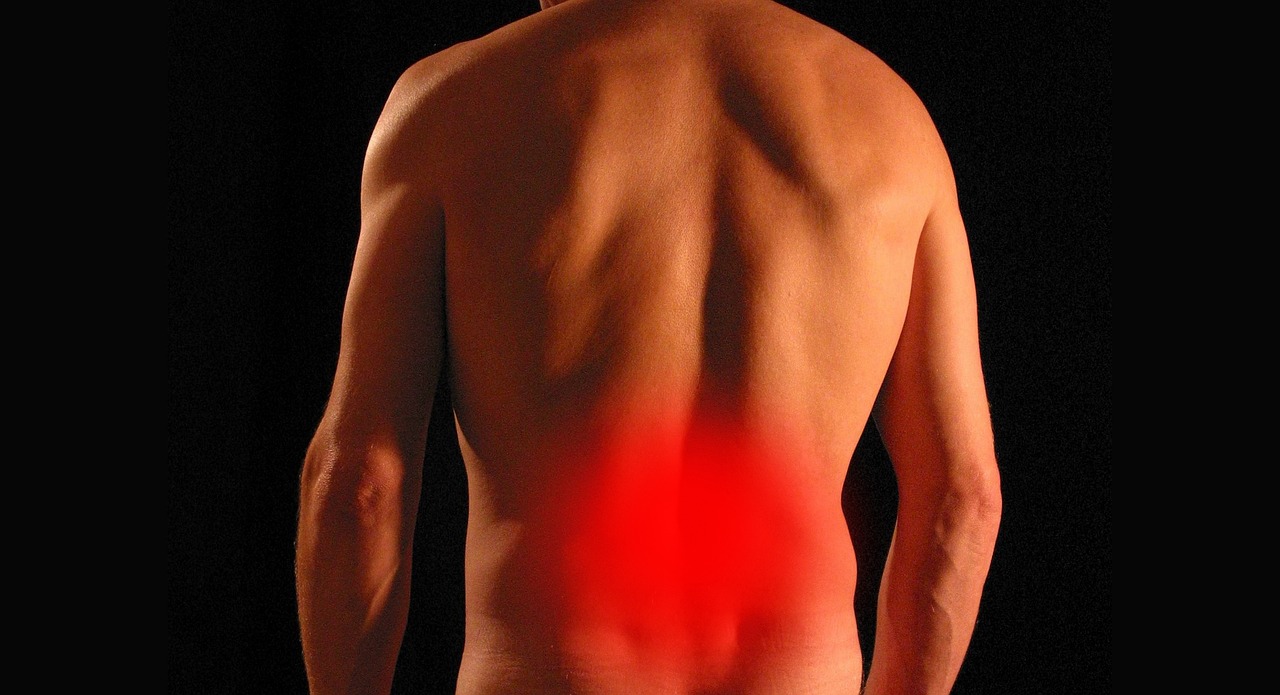How Can Physical Therapy Assist in Recovering from a Hip Replacement?

When you’re facing the prospect of hip replacement surgery, it’s natural to feel apprehensive. The journey to regain your mobility and strength can seem long and daunting, especially when you’re dealing with the discomfort of a deteriorating hip joint. But there is a beacon of hope in this challenging scenario: physical therapy. A professional physical therapist can guide you through exercises and activities designed to help manage your pain, improve your mobility, enhance your strength, and expedite your recovery. So, let’s delve into how physical therapy can assist in the recovery process from a hip replacement.
Understanding the Importance of Physical Therapy
Before we delve into the specifics of how physical therapy can help your recovery, it’s essential to understand why it’s so important. Physical therapy is a vital component of your care plan both before and after surgery.
Additional reading : How to Manage Sleep Disorders in Post-Traumatic Stress Disorder (PTSD)?
Physical therapy plays a pivotal role in preparing your body for the upcoming surgery. Pre-surgery exercises, often called prehabilitation, aim to increase your strength and flexibility, ensuring your body is in the best possible condition to handle the surgery and subsequent recovery.
After the surgery, your physical therapist will guide you through a series of exercises aiming to restore your mobility, enhance your muscle strength, and reduce the risk of potential complications. Your therapist will also instruct you in day-to-day activities, like how to get in and out of bed or use the bathroom, which might initially seem challenging after a hip replacement.
Have you seen this : What Are the Best Foods to Support Liver Health in Hepatitis?
How Physical Therapy Helps in Pain Management
One of the significant benefits of physical therapy that can’t be overlooked is its contribution to pain management. After your hip replacement surgery, you will likely experience some level of discomfort. This is where the expertise of a physical therapist comes into play.
Your therapist will employ a variety of techniques to help manage your pain. These may include measures like heat and cold therapy, gentle movement exercises, or even massage. These techniques not only help to alleviate pain but also reduce inflammation and enhance blood flow to the healing tissues.
Remember, managing your pain effectively is a crucial part of your recovery. It allows you to participate more fully in your therapy sessions and carry out your daily activities with less discomfort.
Regaining Strength through Physical Therapy
Regaining strength after your hip replacement surgery is not a task to undertake alone. Your physical therapist will be instrumental in helping you rebuild your strength, particularly in your affected leg.
Strength exercises will typically start slowly, with simple movements, and gradually increase in intensity as your body heals and adapts. These exercises might include leg lifts, standing on one leg, or using resistance bands. Don’t be alarmed if these tasks seem challenging at first. With time and consistent effort, you will notice an improvement in your strength.
Strength training is a crucial part of your physical therapy. It not only allows you to regain the functional use of your hip but also reduces the risk of future injuries.
Improving Mobility through Physical Therapy
Alongside strength, mobility is a paramount aspect of your recovery after a hip replacement. Once again, your physical therapist will guide you through this process, introducing exercises and activities designed to improve your range of motion and flexibility.
These exercises can range from simple leg movements to more complex tasks like stair climbing. It’s important to remember that these exercises should not cause undue pain. The intention is to gradually improve your mobility, preparing you to return to your regular activities without hindrance.
Keep in mind that increased mobility correlates not only with greater independence but also with improved health and quality of life.
The Role of Physical Therapy in Your Long-Term Recovery
While the initial phase of physical therapy is crucial, it’s important to remember that your recovery doesn’t stop once you leave the therapist’s office. Your long-term recovery will involve continued exercises at home, regular check-ups with your health care team, and a commitment to maintaining your physical health.
Your physical therapist will equip you with the knowledge and tools you need to continue your exercises at home. This independent exercise regime is crucial for maintaining the gains you’ve made during your therapy sessions and ensuring your continued recovery.
Remember, your goal is not just to recover from your hip replacement surgery, but to regain your quality of life. Physical therapy, with its focus on pain management, strength building, and mobility enhancement, is an integral part of this journey. With the guidance and support of your physical therapist, you can look forward to a future where hip pain no longer dictates your daily activities.
Rehabilitating the Hip Joint with Physical Therapy
Regaining complete functionality of your hip joint after replacement surgery can be a process that demands careful attention and discipline. Your physical therapist will be instrumental in guiding you through the process, ensuring you regain your range of motion and return to your daily activities in a safe and effective manner.
From the early stage post-surgery, your physical therapist will introduce non-weight bearing exercises, which are gentle movements designed to activate the muscles around the hip joint without putting excessive force on it. These exercises are crucial as they facilitate blood flow to the operated area, aiding healing and reducing inflammation.
As your healing progresses, your therapist will start introducing weight bearing exercises to increase the load on your hip joint gradually. These exercises, such as semi-squats or mini-lunges, are essential for improving the stability and strength of your hip joint. Your therapist will supervise these exercises closely to ensure they are performed correctly and safely.
On top of strengthening exercises, flexibility is also a key area that your physical therapist will focus on. Stretching exercises will help you regain your hip joint’s full range of motion. This is important for performing daily activities like sitting and bending, and for reducing the risk of stiffness.
Remember, the key goal of physical therapy is to restore the functionality of your hip joint post-surgery, allowing you to return to your daily activities with ease and comfort.
Conclusion: Enhancing your Recovery Through Physical Therapy
Experiencing a hip replacement surgery can be a challenging experience. However, with the guidance of a qualified physical therapist and the dedication to complete your therapy sessions, you can significantly enhance the recovery of your hip joint, regain your strength, mobility and return to your daily lifestyle.
Physical therapy is not just a short-term solution. It’s a long-term commitment to your health and well-being. Your physical therapist will equip you with essential knowledge and tools, like a tailored set of exercises that you can do in the comfort of your home. This will be crucial for maintaining the gains you’ve made during your therapy sessions, ensuring your continued progress and preventing future complications.
Physical therapists, with their expertise in sports medicine, will also guide you on how to gradually resume regular physical activities and sports if you wish to do so, reducing the risk of injury or problems in the future.
Remember, the ultimate goal of physical therapy after a hip replacement surgery is not just about healing. It’s about regaining your independence and your quality of life. By adhering to your physical therapist’s advice and maintaining your therapy sessions, you are investing in a future that is not limited by hip pain. You’re investing in a future where you’re the one in control, not your hip.
In conclusion, physical therapy plays an indispensable role in your recovery from a hip replacement. It’s a journey that may seem long, but with the right guidance and determination, it’s a journey that will lead you to a life of greater mobility and freedom.
